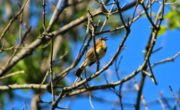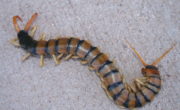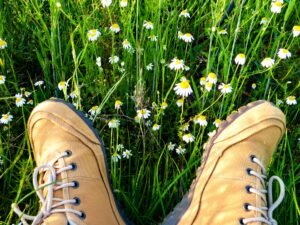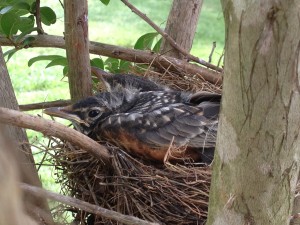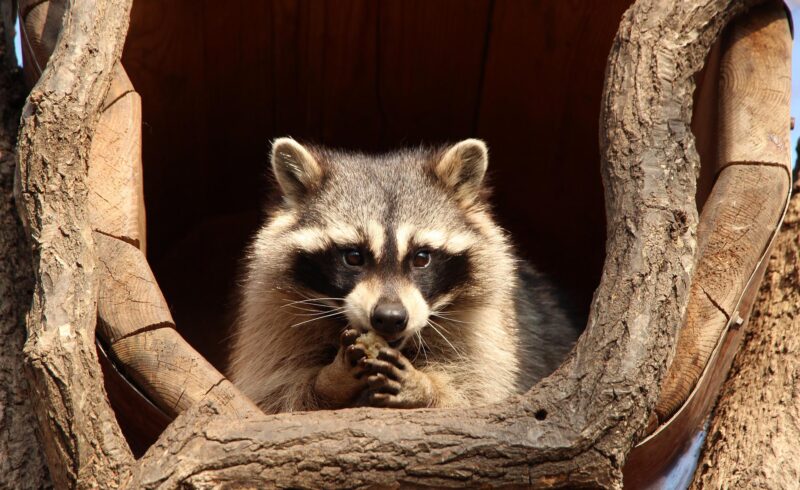
The raccoon is one of nature’s most adaptable creatures. Known for their intelligence and resilience, they thrive in both urban neighborhoods and dense forests. Their ability to adapt to diverse environments makes raccoons a common sight across North America.
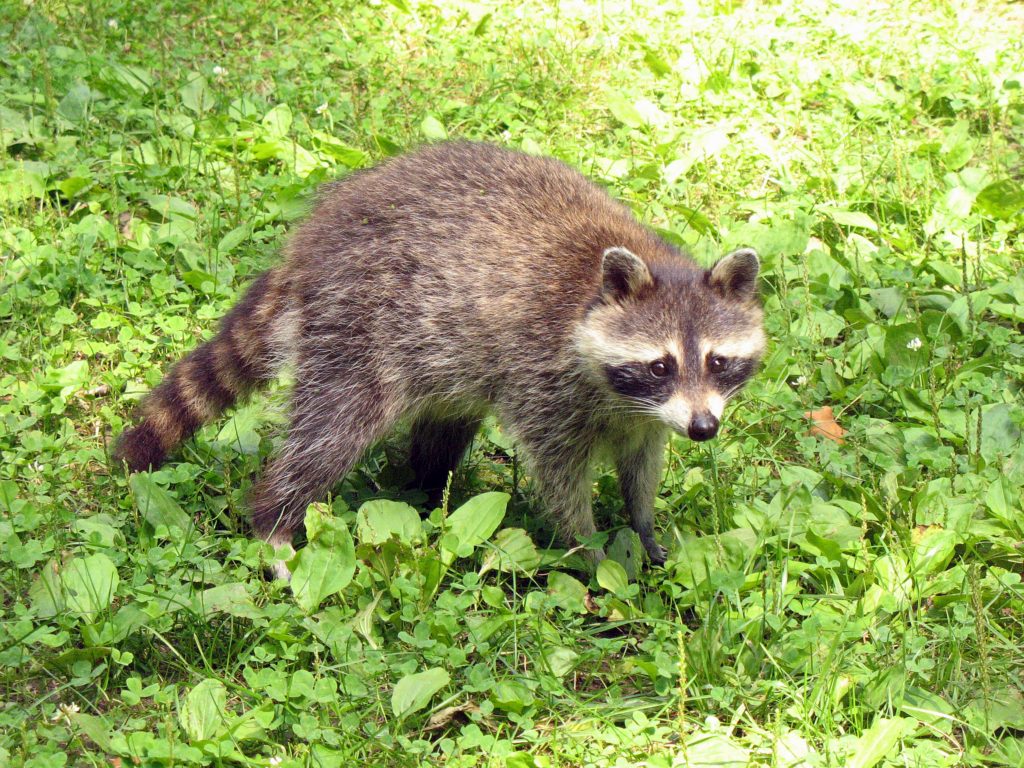 Appearance
Appearance
Raccoons are medium-sized mammals that are easily recognized by their black masks and ringed tails. Their hind legs are longer than their front legs, making them appear hunched over when they walk or run. Raccoons are also well-known for their dexterous front paws with toes that move like five little fingers. Not only do they use them to grab and handle food, but they can also open latches, doorknobs, and even jars.
Reproduction
The male raccoon is called a boar, the female is a sow, and her babies are kits or cubs. They make dens out of whatever they can find, whether it be a hole in a tree, a space under a rock pile, a fallen log, a burrow dug by another animal, a chimney, an attic, or even an abandoned car. The female raccoon usually has three to four kits at a time and raises them alone. The kits stay in the den until they are about eight to ten weeks old; they remain with their mother until they are just over a year old.
Lifespan
Raccoons only live to be about two to three years old in the wild. They do not have many predators, although they have been attacked by bigger animals such as bobcats, cougars, and coyotes. They usually die because of disease or from being hit by a car. In captivity, raccoons have lived up to 20 years.
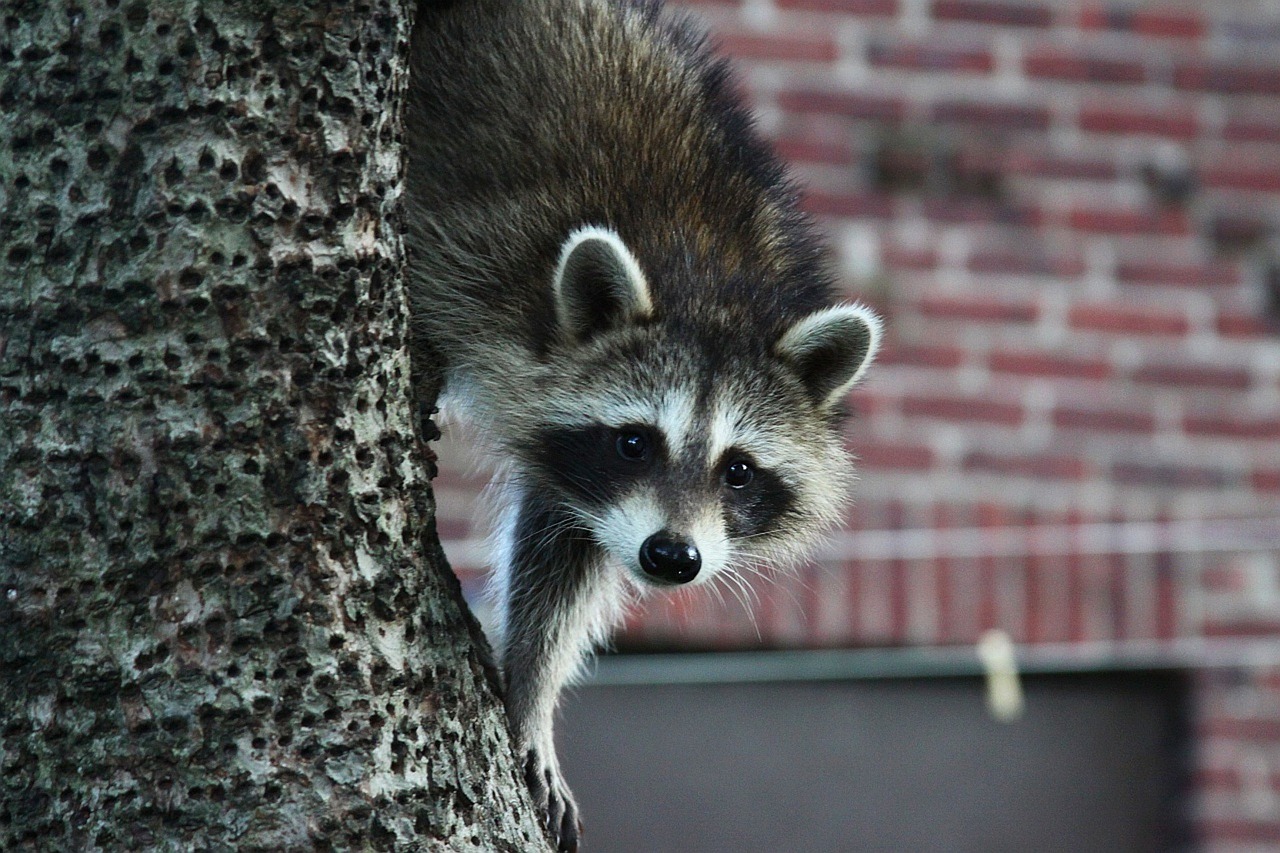
Fun Facts About Raccoons
- Raccoons don’t hibernate, but they spend much of the winter sleeping.
- Raccoons are good swimmers.
- A group of raccoons is called a nursery.
- Raccoons can run up to 15 miles per hour.
- Raccoons descend headfirst by rotating their hind feet 180 degrees.
To Learn More
Want to learn more about raccoons? Check out these great sites!
Washington Department of Fish & Wildlife




